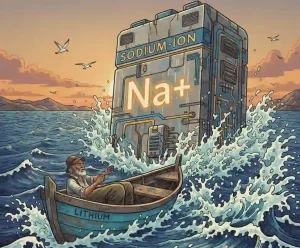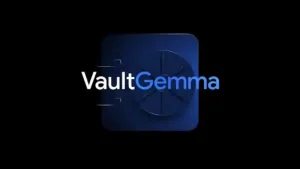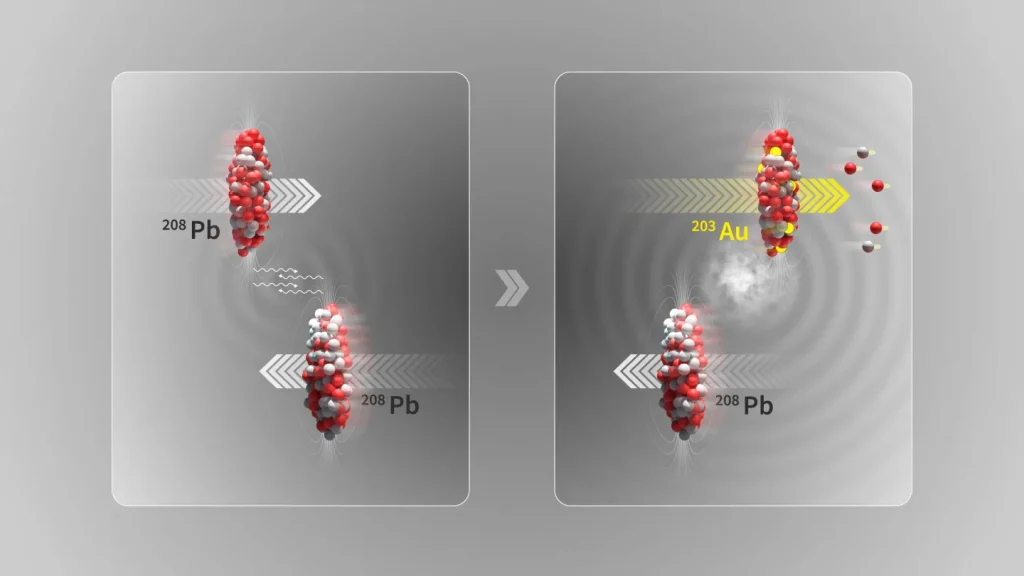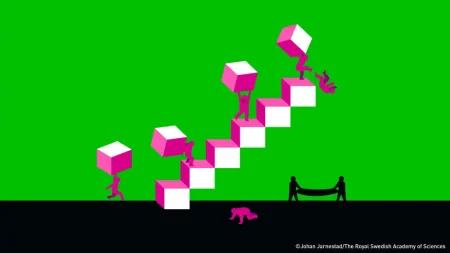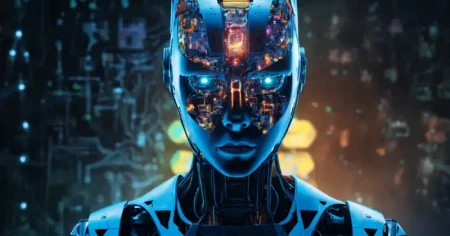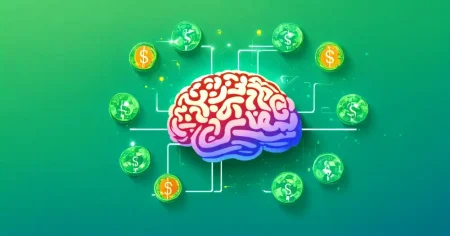Physicists at CERN have achieved the ancient dream of turning other metals into gold, and they did it with physics, not magic, finds Satyen K. Bordoloi as he explores why this matters far more than mere riches.
Isaac Newton is undoubtedly the father of modern physics. What few know is that he also had aspirations of a chemist, albeit of a special variety. He spent endless hours hunched over cryptic manuscripts chasing one of humanity’s oldest dreams: turning other metals into gold.
Little did he know that over three centuries later, his intellectual descendants—armed with a 27-kilometer-long particle accelerator—would achieve what he could not. And they’d do it not with his adopted science of chemistry, but his original one, physics. At CERN’s Large Hadron Collider (LHC), physicists have transformed lead nuclei into gold, not through medieval mysticism, but the raw power of nuclear physics.
The irony is mouthwatering. Newton, who once wrote “to myself I seem only like a boy playing on the seashore… whilst the great ocean of truth lay all undiscovered before me,” would surely have been amazed at how his experiments, his concepts of gravity and light, paved the way for machines that that today probe the birth of the universe. The only difference: today we have traded alembics for accelerators, philosopher’s stones for petabytes of data—and in doing so, unlocked a truth whose value is far greater than that could be brought from all the gold in the world.
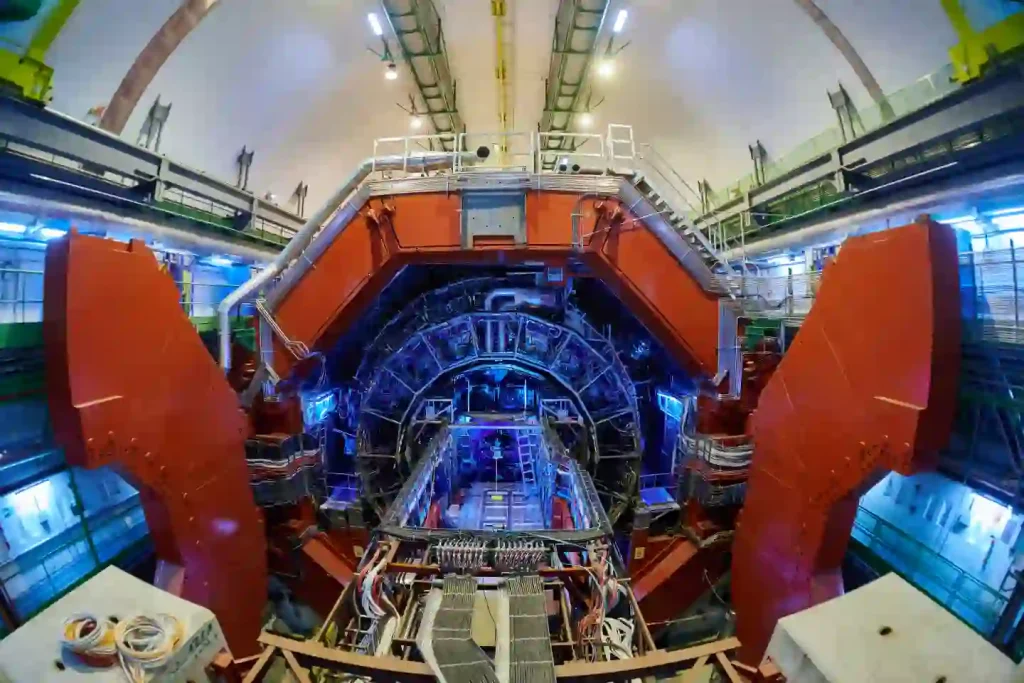
Many think Newton’s alchemical pursuits were part of his eccentricity. The truth is, he was merely extending the science of the day, building upon the discoveries of a lineage that stretched back to the Islamic Golden Age, where scholars like Jabir ibn Hayyan (considered the father of Arabic chemistry) had pioneered early chemistry and metallurgy, including alchemy. His and others’ experiments with electrolysis and metal purification laid the groundwork for modern chemistry, even as their dreams of transmutation of metal into gold were dismissed as folly. Now, in a twist both ibn Hayyan and Newton would relish, physicists have resurrected those dreams with math.
Making Gold in a Particle Accelerator
It turns out that alchemy should have been a field of physics, not chemistry. Because, as it has emerged—and as demonstrated in this paper—turning lead into gold isn’t about mixing chemicals, but ripping protons from nuclei at 99.999993% the speed of light. CERN’s process began with lead ions, each carrying 82 protons, hurtling through the LHC’s tunnels.
When these ions narrowly miss each other, their intense electromagnetic fields interact. This causes photons to tear through the lead nuclei, stripping away protons. Remove three of them, and lead becomes gold.
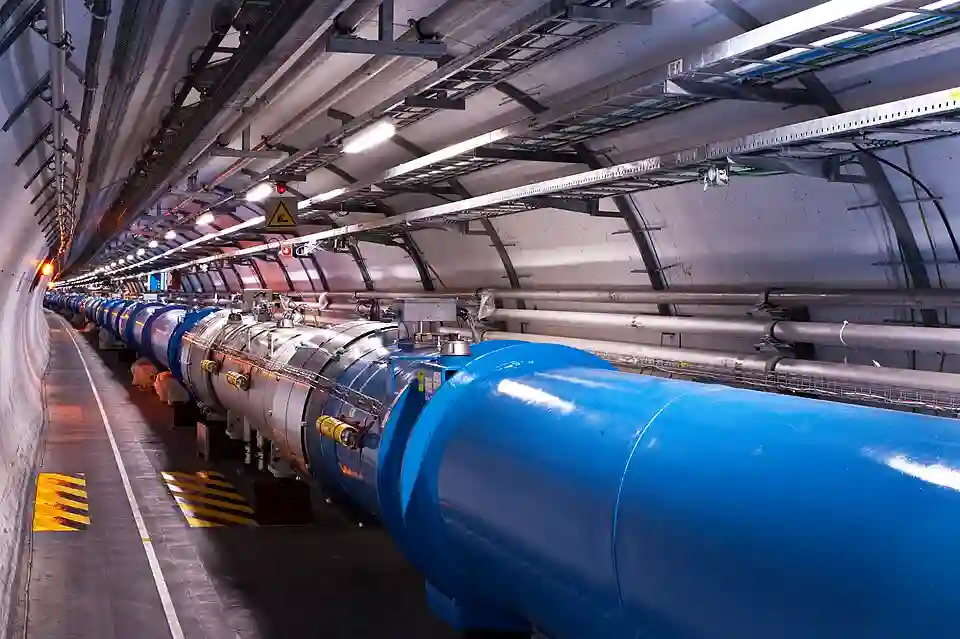
This phenomenon is called electromagnetic dissociation. As you’ve guessed, it’s less a chemical reaction and a sort of atomic sculpting. The ALICE detector at CERN, designed to study quark-gluon plasma (the universe’s primordial soup), caught these fleeting gold using Zero Degree Calorimeters (ZDCs). These sensors acted like cosmic accountants, tallying ejected protons and neutrons to distinguish gold from its siblings.
During the LHC’s 2015–2018 run, it produced 86 billion gold nuclei—a mere 29 picograms, or 0.000000000029 grams. Even doubling this would have required trillions of years for you to create enough gold for your wedding ring. The gold created thus lasts microseconds before smashing into the collider’s walls and disintegrating. It’s a cosmic joke: one of humanity’s oldest dreams comes alive, yet the gold is so fleeting, it vanishes before you can say “Eureka!”

Alchemy’s Legacy: From Myth to Matter Creation
In a sense, alchemy laid the groundwork for modern chemistry. Obsessed with chrysopoeia (the art of making gold), medieval alchemists noted that lead and gold had similar densities, unaware that they were distinct elements. Early successes in the electrolysis of plating silver and other metals with gold fueled their quest. Although it seems futile in hindsight, it is this quest that seeded early chemistry, as they invented lab equipment, discovered acids, and even dabbled in early metallurgy. Yet their greatest legacy was a relentless and meticulous pursuit of curiosity, of the impossible that, with enough knowledge and experimentation, becomes possible.
Of course, it took modern physics to turn lead into gold. In 1941, nuclear scientists first transformed mercury into gold with neutron bombardment. However, the LHC’s method is novel because it involves no direct collisions, but rather a type of photon-induced nuclear surgery. The detectors’ dual sensitivity—to both chaotic head-on crashes and delicate near-misses—is a triumph of engineering. This isn’t just about gold. It’s about deciphering how elements form in extreme environments, such as during neutron star mergers and in the aftermath of the Big Bang.
Imagine two neutron stars colliding. The cataclysm spews heavy elements—such as gold, platinum, and uranium—into space. For decades, scientists have debated the origin of Earth’s gold, the type that can be mined. Since molten during formation, most of the early Earth’s gold probably sank into the planetary core. Now, experiments like this one offer clues. By recreating slivers of cosmic violence, we get a glimpse into how stardust becomes the metals we treasure.
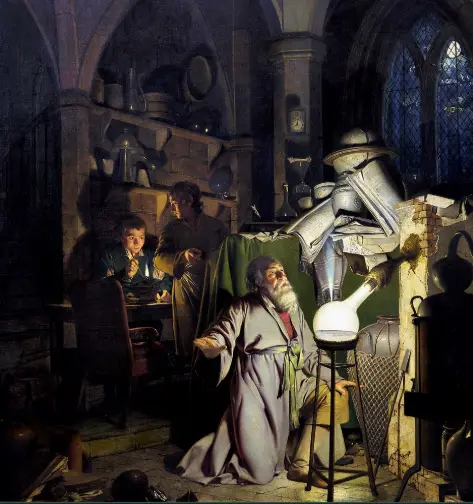
Spacefaring Civilizations and the Nuclear Forge
Thanks to sci-fi writers and Elon Musk, the concept of a “spacefaring civilization” has become a buzzword. But imagine a Martian colony in 2150. We are not yet sure how diverse the Red Planet’s mineral deposits are. However, if it doesn’t have all the necessary materials, life there would become difficult. Transporting them from Earth is prohibitively expensive. So, the solution is a sort of nuclear forge – machines that can transform local elements into the ones we’d need.
This LHC experiment is the biggest hint of that future. While its current gold is ephemeral, the principle—manipulating nuclei to create new elements—could one day be scaled to actually create metals. On a metal-scarce planet, converting abundant lead into scarce platinum or titanium might become the key to survival. NASA already tailors spacecraft materials to hostile environments (e.g., titanium for Jupiter’s radiation). Future colonies could harness controlled nuclear reactions to “mine” elements from base metals in their labs.
But there’s a catch. This kind of transmutation requires colossal energy, naturally. The LHC consumes 200 megawatts annually—enough to power 300,000 homes. Scaling this for practical use means there must be breakthroughs in energy efficiency or the discovery of another sustainable source of high power.
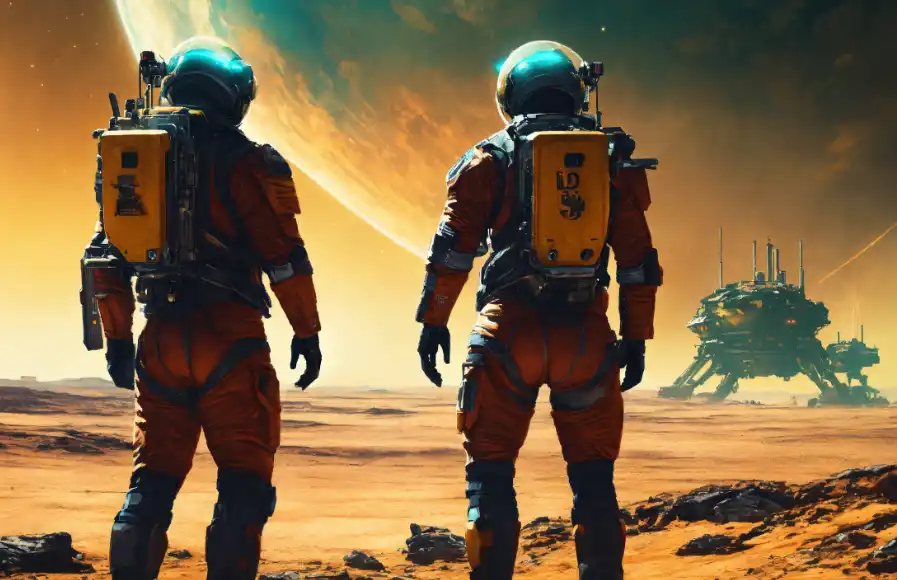
The Philosophy of Impossible Things
Humanity’s most incredible leaps begin as impossible dreams or improbable fantasies. Alchemy led to chemistry, which, in a way, led to nuclear physics, which is proving that the principles of alchemy are correct. Each of these steps has redefined reality. The LHC’s gold is thus also metaphoric, reminding us that what is myth today could become science tomorrow.
Consider how we would appear to ancient Egyptians: flying as we would in our metal planes over their pyramids at Mach speeds, and carrying all of the world’s libraries in our pockets. Yet these “miracles” emerged from incremental, slow, yet progressive scientific advancements. Like Arthur C. Clarke said, “Any sufficiently advanced technology is indistinguishable from magic.”
Newton once scribbled, “Plato is my friend, Aristotle is my friend, but my greatest friend is truth.” Today, his truth-seeking spirit has brought Jabir ibn Hayyan‘s vision of alchemy to life. And centuries from now, as humans walk on exoplanets carrying portable nuclear reactors, creating gold when they choose to, it is this spirit of discovery that will continue as the new scientists’ nod to old, long-dead Newton.
In case you missed:
- When Geniuses Mess Up: AI & Mistakes of Newton, Einstein, Wozniak, Hinton
- Nuclear Power: Tech Giants’ Desperate Gamble for AI
- A Manhattan Project for AI? Here’s Why That’s Missing the Point
- Can AI Solve Quantum Physics?
- In Meta’s Automated Ad Creation Plan, A Fully Transformed Ad World
- Forget Chernobyl: Your Instagram Feed Might Cause The Next Nuclear Disaster
- AI’s Looming Catastrophe: Why Even Its Creators Can’t Control What They’re Building
- Rise of the Robolympics: When R2-D2 Meets Rocky Balboa
- Quantum Internet Is Closer Than You Think, & It’s Using the Same Cables as Netflix
- Quantum Leaps in Science: AI as the Assembly Line of Discovery
